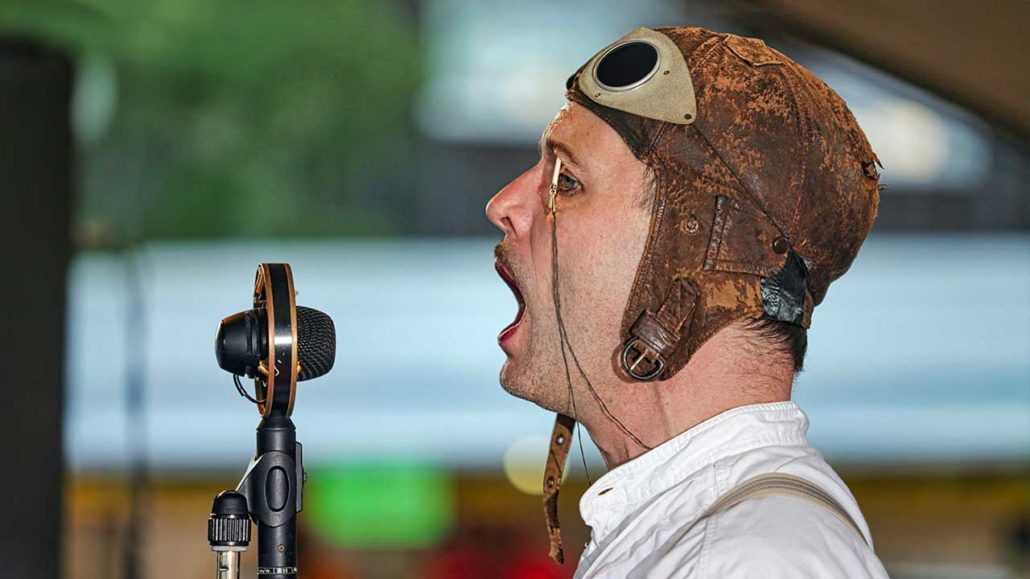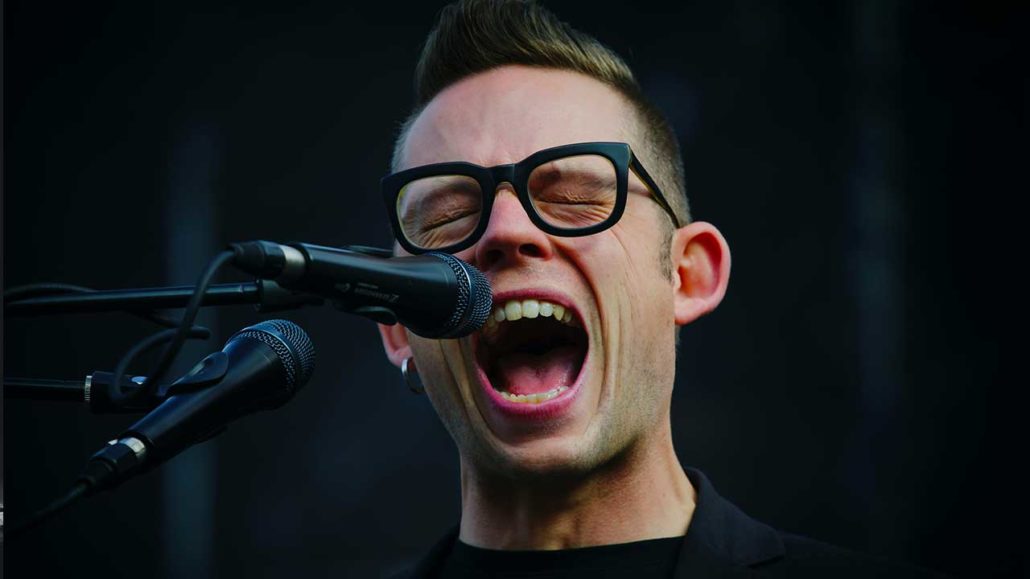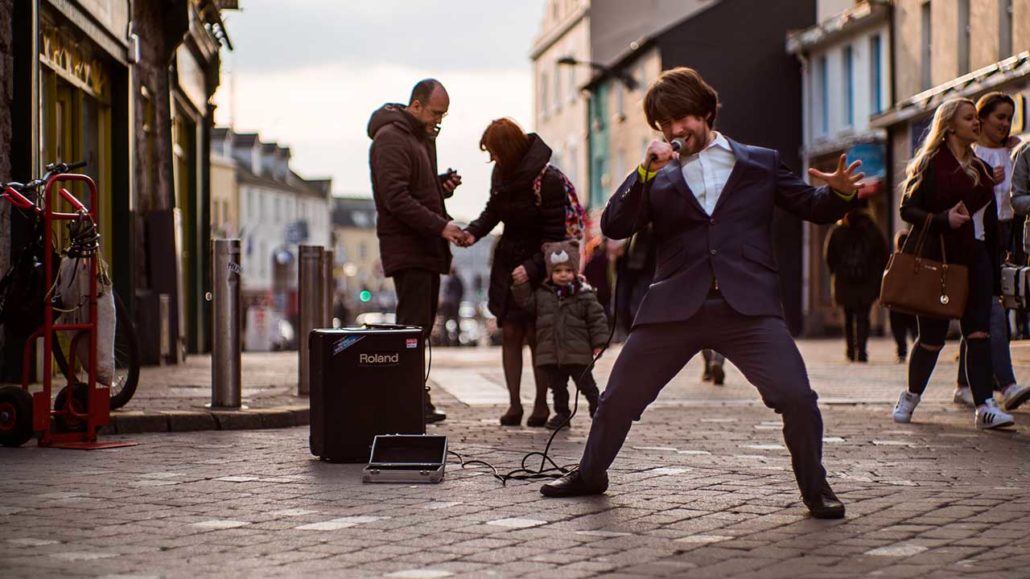
Is Good Breathing Technique Important for Beginning Singers?
The Importance of Good Breathing Technique for Beginning Singers
I have a soft spot for beginning singers. I’ve been a beginning singer not once, but twice in my life.
The first time I was in my early 20’s. There was no internet. I thought classical instruction was for opera singers.
I found what appeared to be a popular method for singers of contemporary music. I was singing rock, pop and musical theater, so I bit.
The first thing I was taught was to ignore my breathing. I was told to “breath naturally” and to “sing as you speak, just extend the vowels”.
I was devoted to this method with weekly lessons for more than two years. I trained every day at home.
I drove 90 minutes each way to Los Angeles for my lessons.
I hardly improved.
I didn’t know this at the time, but I was being taught what I today call a “top down methodology”. All emphasis is placed on vowels and consonants, on the articulation of words.
The industry doesn’t use these phrases of top-down vs bottom-up. These are my creations, and they make a ton of sense to me.
Top Down vs Bottom Up Methodology
With a bottom-up methodology you start with breathing technique. This is now what I practice and what I teach.
From there you connect the breath engine with the development of you phonation skills. Phonation happens at the true vocal folds.
You train extensively on the breath and phonation while holding your articulators mostly in place.
While this may seem to ignore vowels and consonants, it’s quite the opposite. In fact, you are training all of your vowels and consonants at the same time, and more effective than if you were actually singing vowels and consonants.
This is because your vowels and consonants have about 95% of their function in common.
It works so much better.
As a beginner my 2nd time around, starting when I turned 49, I found an excellent teacher of classical singing.
I study classical method and apply it to pop, rock and musical theater. It’s wonderful!
At first, I was too focused on the belly and down and out breathing, which I cover in other articles.
Even with this method of inhale, I was still improving much faster than I was with the “ignore your breathing” instructions.
After my first year of private instruction this second time around, I moved away from the city and didn’t take private lessons for another three and a half years.
I didn’t move back to the city. It’s just that I now drive 2.5 hours each way for a lesson.
While away from private lessons I first studied from online courses. Most of them teach you to either ignore your breathing or to breath into your belly.
It wasn’t until I began to read dozens of books about classical, Bel Canto, breathing technique that I discovered the best way to breathe.
The best way to breathe is called, in the most nerdy way, “costal-diaphragmatic inhale with diaphragmatic co-contraction during exhale”.
When I made this change my rate of singing improvement skyrocketed. It takes a while to learn and get the hang of, but it’s hugely effective.
This article isn’t intended to teach this. And it’s easier than it sounds.
I’m rambling.
What I’m getting at is that breathing technique is the very most important technique for beginning singers to learn.
Most singing problems originate with breathing problems.
Most problems with sloppy vowels and consonants originate with singing problems.
To fix problems with vowel and consonants, you don’t work on the vowels and consonants. You work on your breathing technique.
It sounds counter-intuitive, I know.
It’s a start. You’re a beginner. I suggest if you find a coach that tells you to ignore breathing technique, and to “just let it happen”, you run for the exit and never return.
All styles of singing require excellent breathing technique. Start with breathing and you’ll be rewarded for your efforts.
Be well and enjoy your day,






